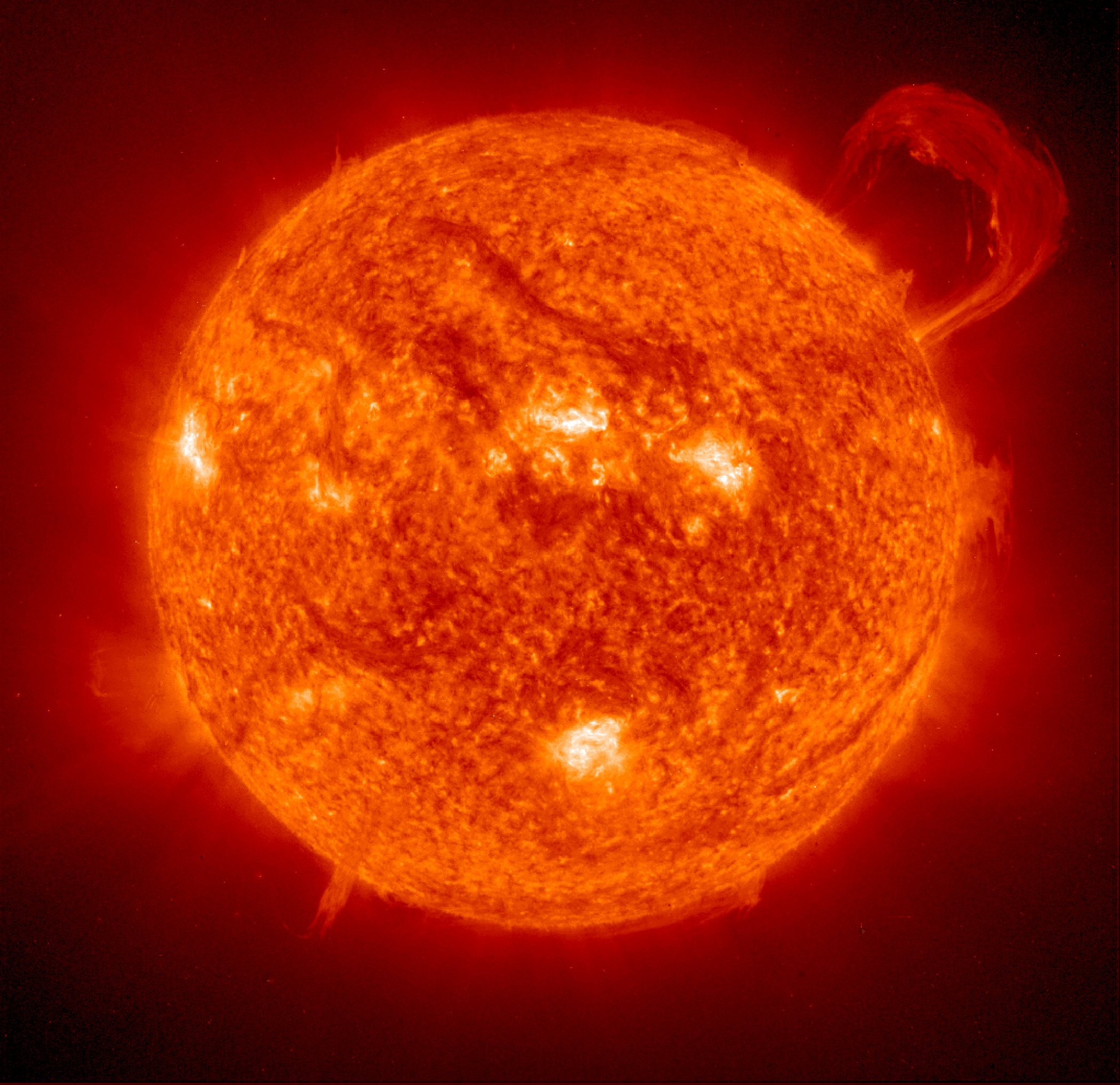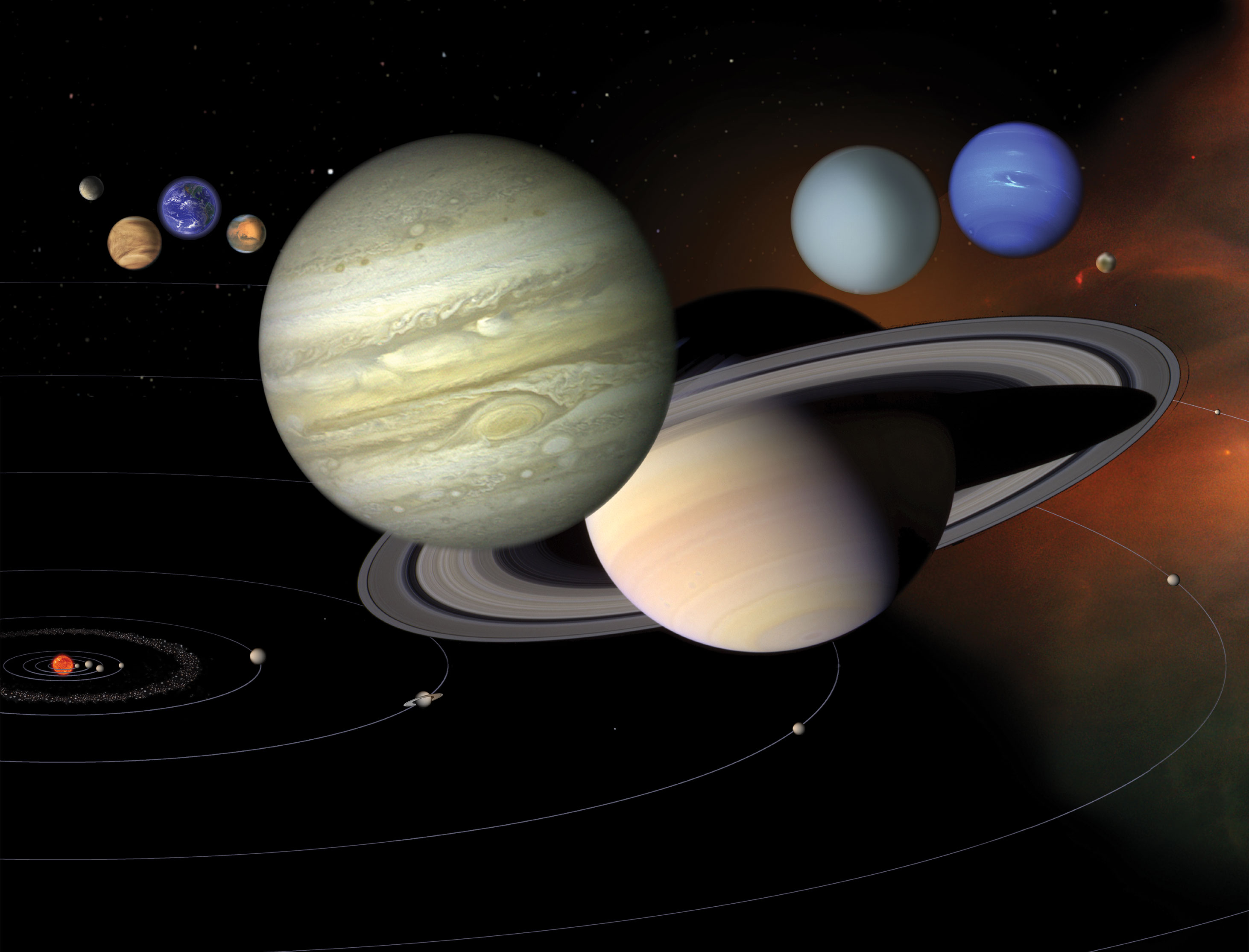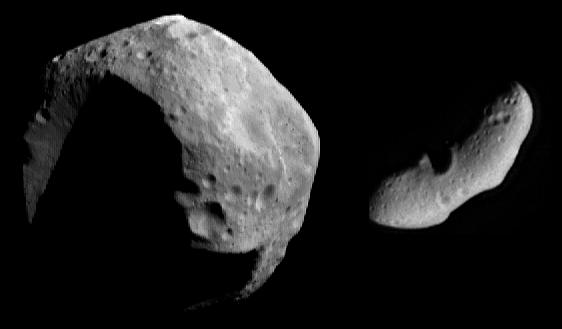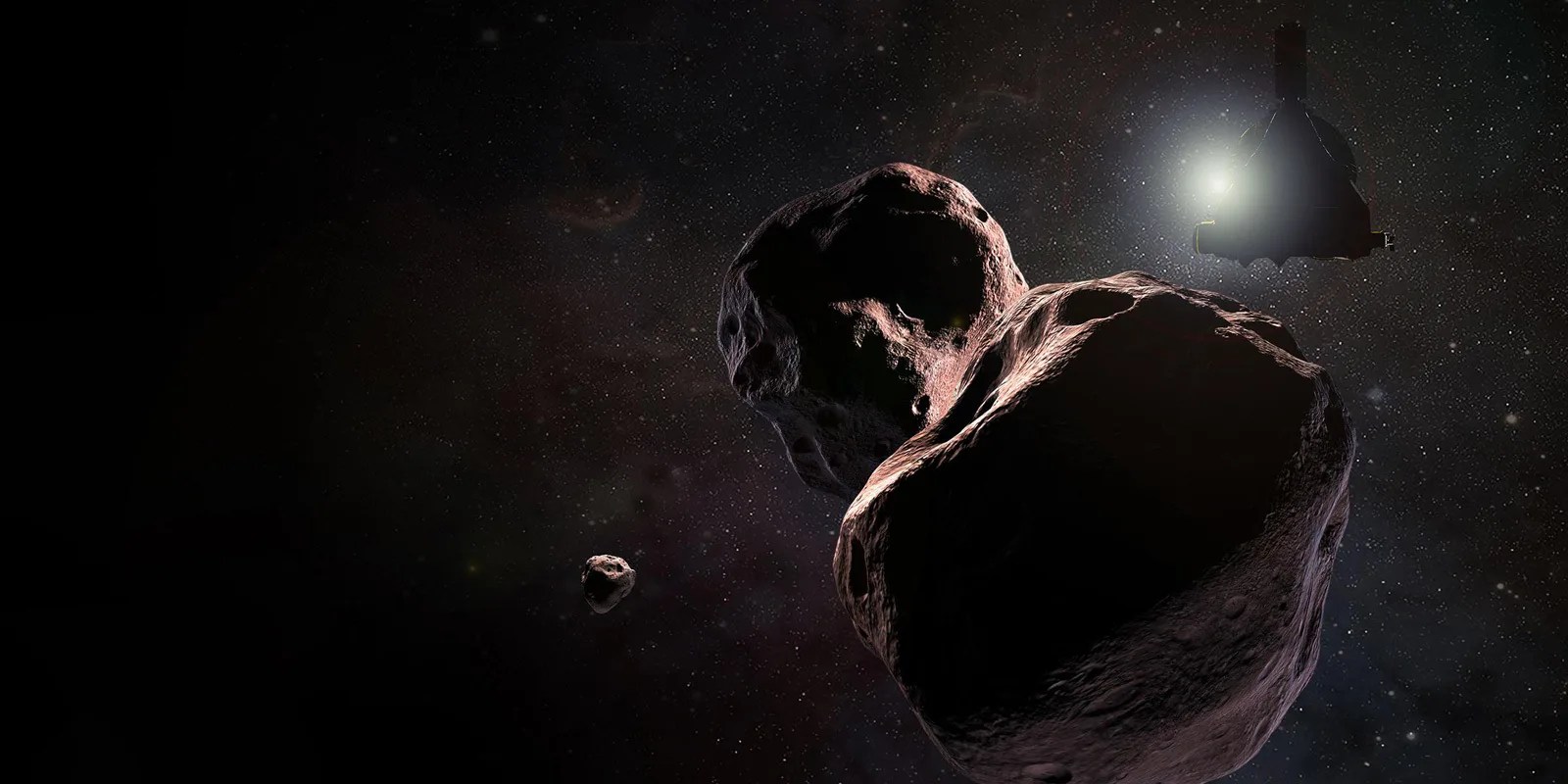Building a Framework for Heliophysics Education
NASA HEAT is building a Framework for Heliophysics Education to provide the background and scaffolding educators need to incorporate heliophysics topics into existing STEM curricula. Using the three questions that heliophysicists investigate as the foundation, we cross-referenced heliophysics topics with the NGSS Disciplinary Core Ideas, to create NGSS-aligned “heliophysics big ideas.”

1. What are the impacts on humanity?
1.1 The Sun is really big and its gravity influences all objects in the solar system.
Standards: PS2, ESS1
1.2 The Sun is active and can impact technology on Earth via space weather.
Standards: PS1, PS2, PS4, ESS2, ESS3
1.3 The Sun’s energy drives Earth’s climate, but the climate is in a delicate balance and is changing due to human activity.
Standards: PS1, PS2, PS3, LS4, ESS2, ESS3
2. How do the Earth, the solar system, and heliosphere respond to these changes?
2.1 Life on Earth has evolved with complex diversity because of our location near the Sun. It is just right!
Standards: PS3, PS4, LS1, LS2, ESS2
2.2 The Sun defines the space around it, which is different from interstellar space.
Standards: PS2, ESS1, ESS2
2.3 The Sun is the primary source of light in our solar system.
Standards: PS1, PS2, PS3, PS4, ESS1
3. What causes the Sun to vary?
3.1 The Sun is made of churning plasma, causing the surface to be made of complex, tangled magnetic fields.
Standards: PS1, PS2, ESS1, ESS2
3.2 Energy from the Sun is created in the core and travels outward through the Sun and into the heliosphere.
Standard: PS1, PS3, PS4, ESS1, ESS2, ESS3
3.3 Our Sun, like all stars, has a life cycle.
Standards: PS1, LS1, ESS1
Why do we need a Framework for heliophysics education?
“Heliophysics education activation” is a need because [1] heliophysics is a relatively new discipline of science, so therefore [2] people are unfamiliar with the term and [3] many educators may feel intimidated by the term. The term is also not mentioned in the Next Generation Science Standards (NGSS) and the heliosphere is not included in its model of Earth’s systems. We want to change that. Just like how young students can pronounce and spell dinosaur names, they can learn and spell the term ‘heliophysics!’
The Sun is a unique laboratory that can teach us about the universe!
Heliophysics is the study of our star, the Sun [helio], and how it works [physics]. Everyone has a connection to the Sun, and engaging learners in heliophysics activities can enhance their understanding of basic physical, biological, and earth science concepts, taking an integrative approach to STEM education. The Sun can provide a fun and exciting laboratory for exploring magnetism, gravity, light, energy, and much more! Learning about the Sun and its influence on the solar system can help scientists understand how the universe began, how stars and planets are formed, and how life can exist on Earth.
How do I use the NGSS Framework for Heliophysic Education?
Already know and love heliophysics? Jump right in by searching for resources to use with your learners in the Heliophysics Resource Database. Search by topic, mission, type of resources, level, educational standard, language, and more.
For users brand new to heliophysics, dip your toe in with a comprehensive list of heliophysics topics. Or to learn more about how NASA missions are investigating heliophysics phenomena, explore heliophysics missions. Resources in the database are searchable by topic, mission, and level.
For formal educators, the heliophysics big ideas include guidance on how to incorporate heliophysics topics into your existing STEM curricula at the appropriate level, with connections to applicable NGSS performance expectations. Guiding questions are provided to drive inquiry-based investigations at each level, with a supporting resource to use with your learners.
Why NGSS?
The Next Generation Science Standards (NGSS) were created by the National Research Council's (NRC) framework for science proficiency. Science proficiency includes both a body of knowledge and using scientific processes to refine knowledge. Within the NGSS, there are three dimensions to learning which include the Disciplinary Core Ideas, Scientific and Engineering Practices, and Cross-Cutting Concepts. These dimensions are combined to form each standard—or performance expectation—with the dimensions to help students build a cohesive understanding of science over time. Forty-four states (representing 71% of US students) have education standards influenced by the Framework for K-12 Science Education and/or the Next Generation Science Standards (National Science Teachers Association, 2023).





